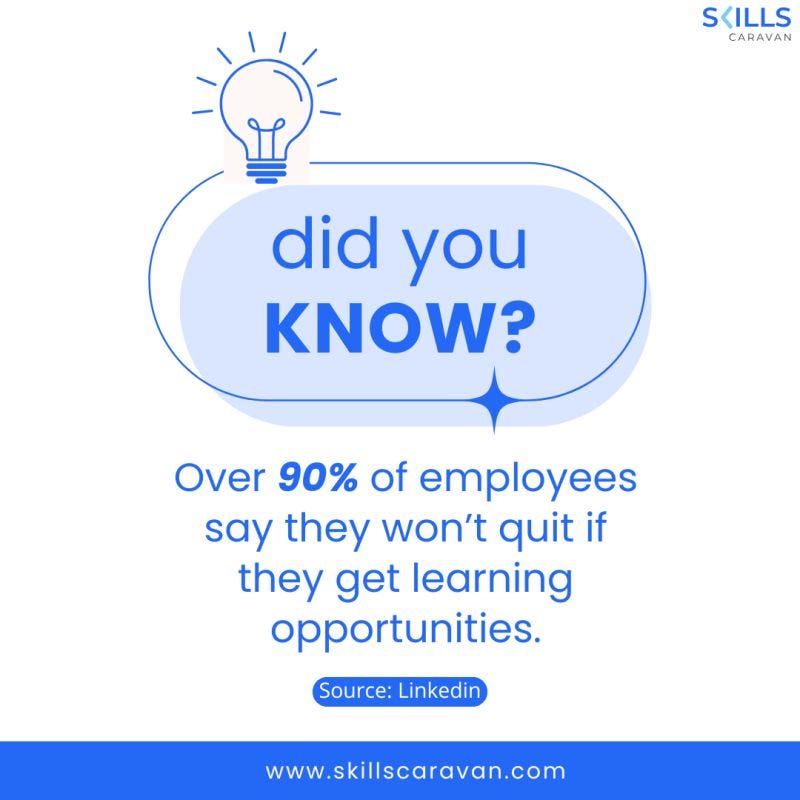How to Find the Best LMS for Corporate Training That Boosts ROI
In today’s fast-paced digital economy, corporate training is no longer optional — it’s a strategic necessity. As companies invest more in employee learning and development, the focus is shifting from just delivering training to measuring its impact and maximizing ROI (Return on Investment). One of the most effective ways to achieve this is by using a Learning Management System (LMS) tailored for corporate needs.
But with hundreds of LMS platforms available, how do you find the best LMS for corporate training that actually boosts ROI?

Let’s break it down.
Understanding ROI in Corporate Training
ROI in corporate training refers to the value or benefit a company receives from its investment in training relative to the cost. In simple terms:
ROI = (Training Benefits — Training Costs) / Training Costs
When choosing an LMS, the goal is to maximize training benefits (like improved performance, reduced errors, faster onboarding) while minimizing costs (such as time spent, training expenses, and lost productivity).
An LMS that contributes positively to ROI doesn’t just streamline learning — it supports long-term business goals.
Why ROI Matters in Choosing an LMS
Many organizations make the mistake of selecting an LMS based on features alone, without considering how it will impact business results. A good LMS should do more than deliver courses — it should:
- Improve employee performance and productivity
- Shorten onboarding and upskilling times
- Offer real-time data for training effectiveness
- Support compliance and reduce risk
- Contribute directly to positive ROI
When you measure ROI, you’re not just evaluating training — you’re assessing how learning contributes to growth, efficiency, and profitability.
Key Factors to Look for in an LMS That Boosts ROI
1. Ease of Use
A complex or unintuitive LMS wastes time and frustrates users. The best systems are easy to navigate for both administrators and learners. When employees engage more, learning becomes more effective — and higher engagement leads to better ROI.
2. Customization and Scalability
Your LMS should grow with your business. Whether you’re onboarding 10 or 1,000 employees, the platform should handle your needs without a hitch. Look for solutions that can be tailored to your branding, industry, and specific learning goals. Customized training experiences enhance learning retention, driving higher ROI.
3. Mobile Learning Capabilities
Modern learners are mobile. An LMS that supports learning across devices ensures flexibility and higher completion rates. The more accessible your training, the better your return on investment in training programs.
4. Analytics and Reporting Tools
You can’t improve what you don’t measure. A data-driven LMS helps track learner progress, course effectiveness, and business outcomes. This information is vital for calculating and optimizing ROI over time.
5. Integration with Existing Systems
For better workflow and data synchronization, the LMS should integrate with HR software, CRM, or other business tools. Seamless integration saves time and money, improving operational efficiency and boosting ROI.
6. Compliance and Certification Management
For industries where compliance is critical, an LMS that automates tracking, reminders, and certifications ensures your team is always up to date — reducing legal and financial risk, and adding measurable value to your ROI.
7. Support and Training
A reliable vendor offers onboarding, customer support, and user training. The faster your team learns to use the LMS, the sooner you see results — and the faster you realize a positive ROI.
How to Evaluate LMS Platforms for ROI
Here are steps to ensure you’re selecting the right LMS that aligns with your ROI goals:
Step 1: Define Your Training Objectives
What outcomes are you expecting from the training? Are you aiming to reduce onboarding time, improve sales performance, or enhance customer service? Define these metrics clearly — they’re your baseline for measuring ROI.
Step 2: Assess Total Cost of Ownership
Look beyond subscription fees. Factor in onboarding costs, IT support, content creation, updates, and any hidden costs. The true ROI is based on total investment versus business impact.
Step 3: Request a Demo or Free Trial
Hands-on experience helps assess usability, feature relevance, and alignment with business goals. Use this time to also evaluate how well the LMS provides data for ROI tracking.
Step 4: Consult Case Studies and References
Ask the vendor for case studies related to your industry. If their solution has helped others achieve better ROI, it’s a good sign it can do the same for you.
Step 5: Use ROI Calculators or Pilot Programs
Some LMS vendors provide ROI calculators or offer pilot programs. These allow you to simulate real-world impact before committing long-term. It’s a great way to validate ROI projections.
Best LMS Features That Directly Improve ROI
Some specific LMS features can have a strong impact on your return:
- Microlearning: Bite-sized modules that are quicker to consume and easier to retain. Saves time and increases learning efficiency.
- Gamification: Badges, leaderboards, and quizzes keep employees motivated, increasing course completion rates.
- AI and Personalization: Suggests relevant content based on roles or performance, improving engagement and learning outcomes.
- Automation: Automated workflows for assignments, reminders, and reporting reduce admin workload, increasing productivity.
Each of these features contributes to time savings, better learning, and ultimately, greater ROI.
Final Thoughts: ROI is the True Metric of LMS Success
The best LMS for corporate training is not just the one with the most features or the lowest price — it’s the one that delivers measurable value. In other words, it’s the one that improves your ROI.
By choosing a solution aligned with your business goals, training needs, and employee expectations, you’re not just investing in software — you’re investing in people, performance, and profitability.

Comments
Post a Comment